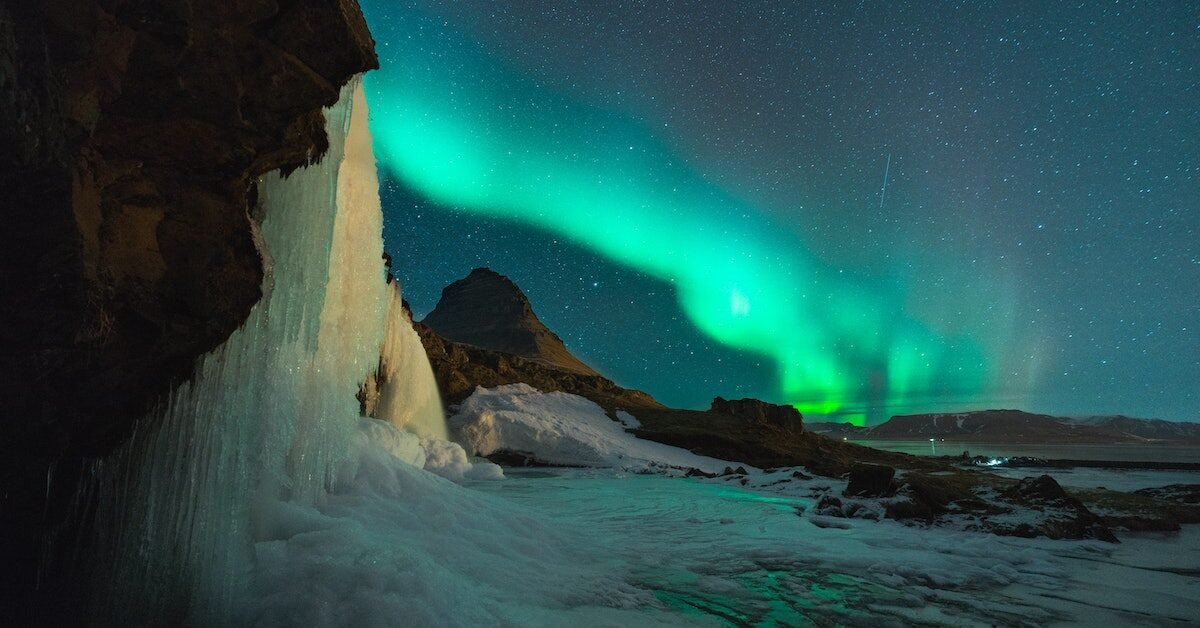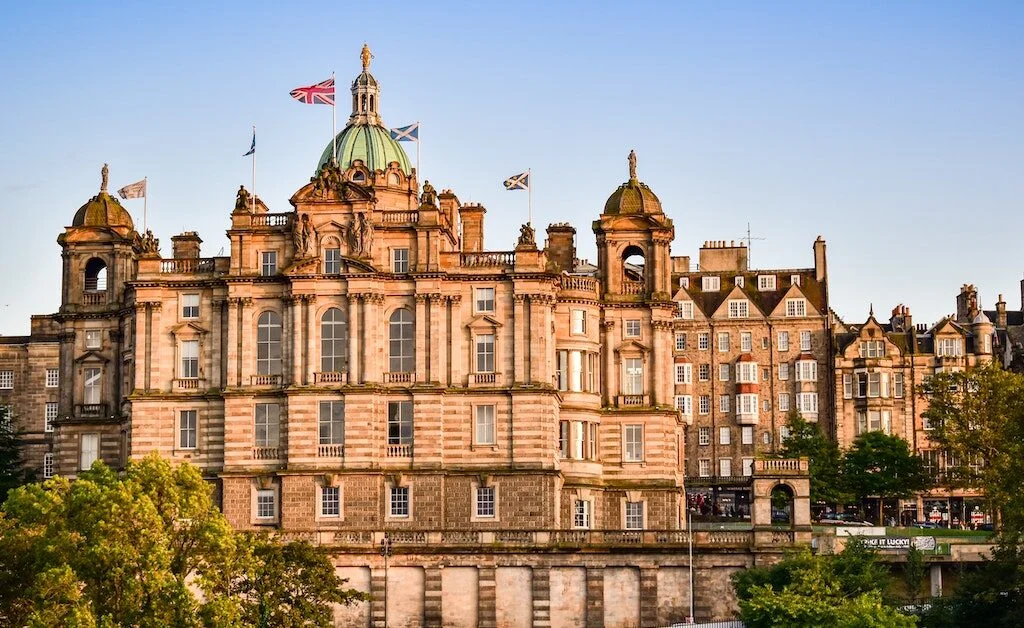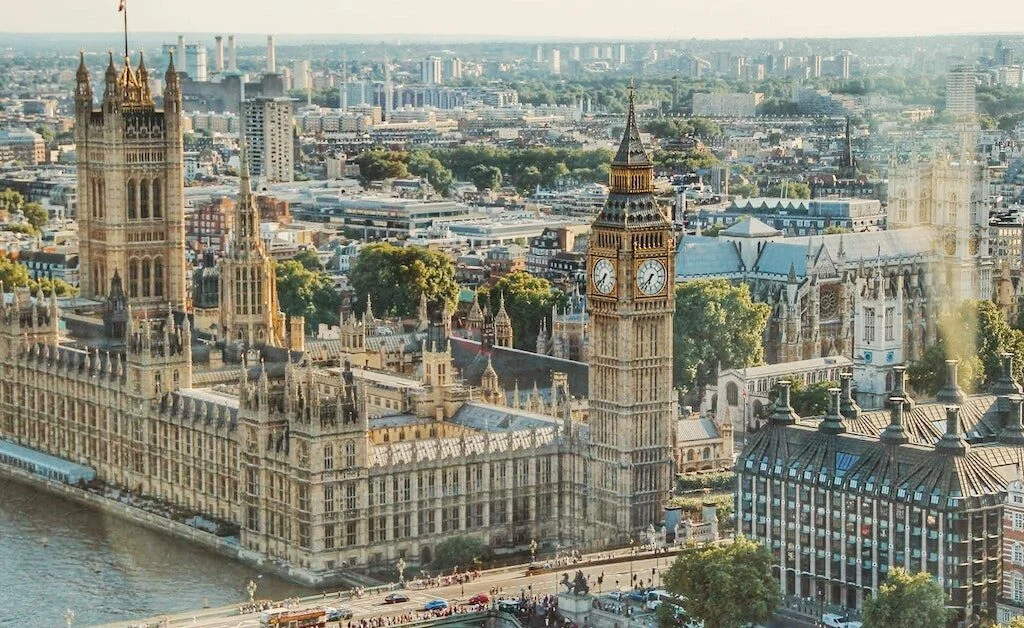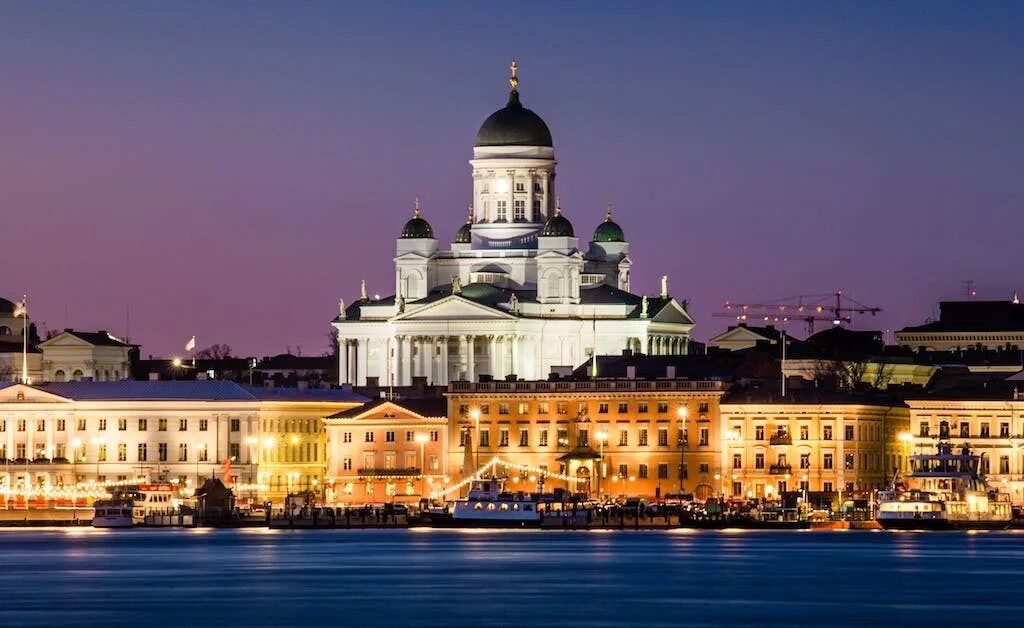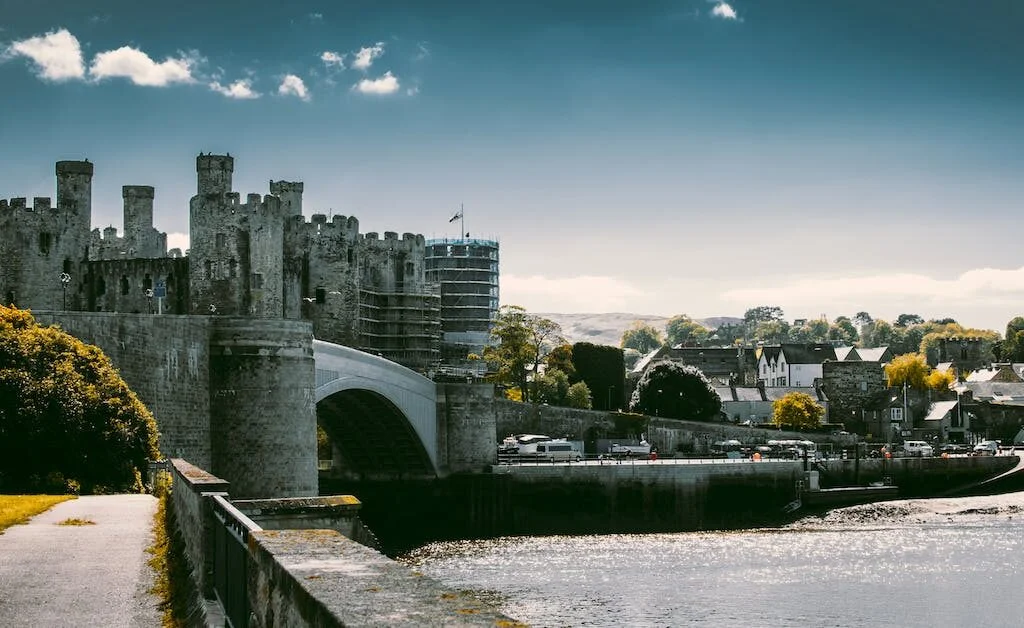The mesmerizing dance of the Northern Lights, also known as the aurora borealis, is a breathtaking natural phenomenon that has captured the imagination of travelers and explorers for centuries. Among the many enchanting locations to witness this celestial display, Iceland stands out as one of the prime destinations due to its unique geographical position near the Arctic Circle. In this guide we will tell you everything you need to know to decide the best time time to visit northern lights Iceland and make an informed decision.

When and Why : Best time to visit Ice Land
The perfect time to observe north lights in ice land is somewhere in between September to mid April , with peak activity occurring between 9 p.m. and 2 a.m. To enhance your chances of witnessing this luminous spectacle, consider visiting during the years of increased solar activity, such as 2024, 2025, and 2026. As the sun reaches its solar maximum during these years, the conditions become conducive for vibrant Northern Lights displays.
Best Timeframes for Viewing
While the Northern Lights can be elusive, timing your visit strategically can enhance your chances of witnessing their ethereal dance. The darkest months, from November to January, offer extended periods of darkness, providing a greater window for the phenomenon to appear. Alternatively, the equinoxes in spring and fall, around March 20 and September 23, tend to bring stronger auroras due to heightened geomagnetic disturbances. Consider the unique lighting effects around new moons for optimal visibility.

Predicting the Lights
To anticipate the Northern Lights’ appearance, utilize resources like the Icelandic Meteorological Office and Iceland’s Aurora Forecast. These platforms provide information on Earth’s magnetic field disturbances and cloud cover, aiding in determining the likelihood of viewing the lights. However, keep in mind that long-range predictions can be less reliable due to the rapid nature of solar activity changes.
Exploring on Your Own
For the intrepid traveler, exploring Iceland’s Northern Lights independently is an option. While this requires patience and planning, following expert advice can maximize your experience. Avoid aimlessly chasing the lights; instead, find an area with clear skies and wait for the phenomenon to unfold. Remember that the visual experience might differ from camera images, so manage your expectations accordingly. Consider a self-drive tour with four-wheel drive vehicles for safety on wintry roads, and always adhere to road restrictions and conditions.

Captivating Viewing Spots
Iceland’s diverse landscapes provide numerous striking locations for Northern Lights viewing. From the glacial lagoon of Jökulsárlón adorned with icebergs to the black sand beaches of Reynisfjara, each spot offers a unique backdrop to this natural spectacle. The Snæfellsnes peninsula, the Reykjanes peninsula with its geothermal areas, and the volcanic national park of Thingvellir also serve as excellent vantage points.

Choosing Your Stay
To maximize your Northern Lights experience, consider lodging options that cater to aurora enthusiasts. Hotels like Hotel Rangá offer observatories and aurora wake-up services, while The Retreat Hotel and Silica Hotel at the Blue Lagoon provide luxurious accommodations and private lagoons. Other options such as Hótel Húsafell and Panorama Glass Lodge offer distinct experiences, from remote sightings to all-glass cabins.
Guided Tours for Enthusiasts
For those seeking guided experiences, Northern Lights tours in Iceland offer expert insights and increased chances of spotting the phenomenon. Tour operators like Hidden Iceland, Arctic Adventures, and GJ Travel provide various tour lengths and itineraries, with options ranging from multiday expeditions to minibus and boat tours departing from Reykjavik. While witnessing the Northern Lights remains a captivating adventure, keep in mind that sightings are never guaranteed due to the unpredictable nature of this celestial show.
Conclusion
Iceland’s prime location, increased solar activity, and diverse landscapes make it a remarkable destination for experiencing the Northern Lights. Whether you’re embarking on a solo adventure or joining a guided tour, the awe-inspiring dance of the aurora borealis promises to be a memory you’ll treasure forever. With careful planning, expert advice, and a touch of luck, Iceland’s skies might just unveil their most magical spectacle during your visit. So, prepare to be enchanted by the celestial symphony of colors that nature paints across the Arctic night sky – an experience that transcends words and captivates the soul.
Read More : Unlock the Magic: Discover the Ultimate Time to Visit Finland!
FAQ’s
1. Best Month for Northern Lights in Iceland?
Prime months are September to mid-April.
All year, with lights visible Sept to mid-April.
A week or more enhances chances.
Averages around 2-7°C (36-45°F).

